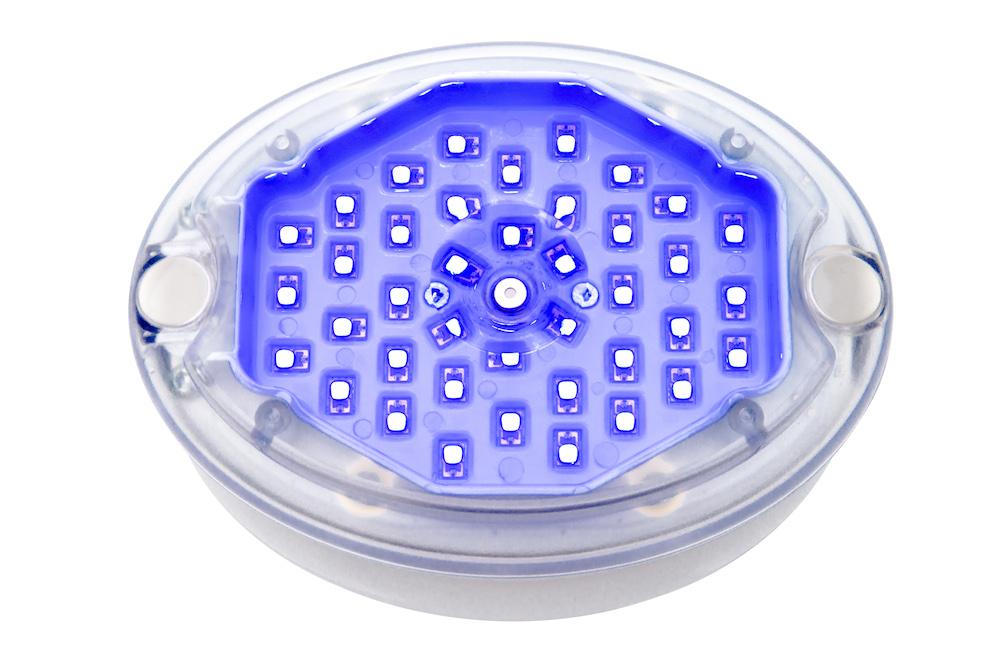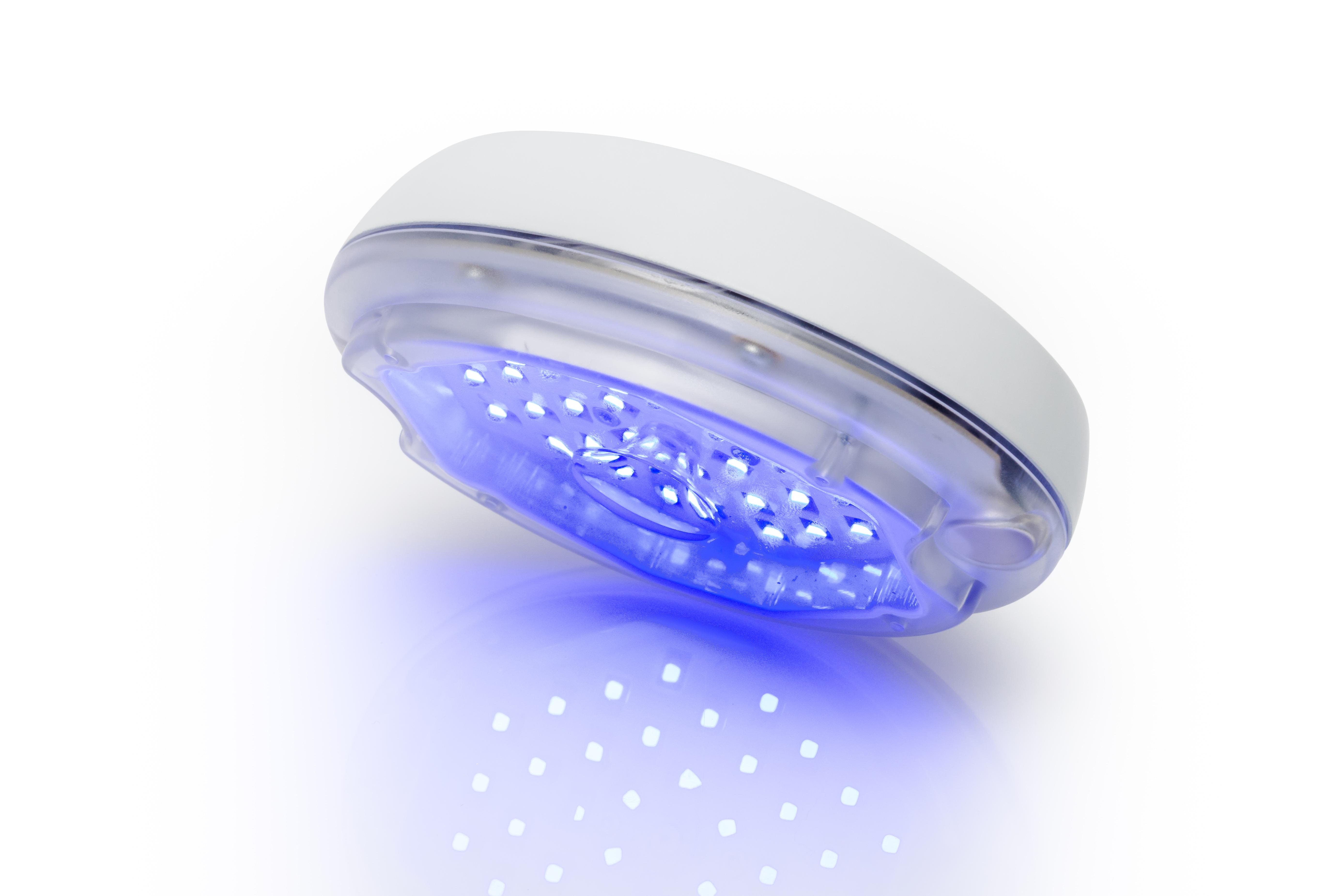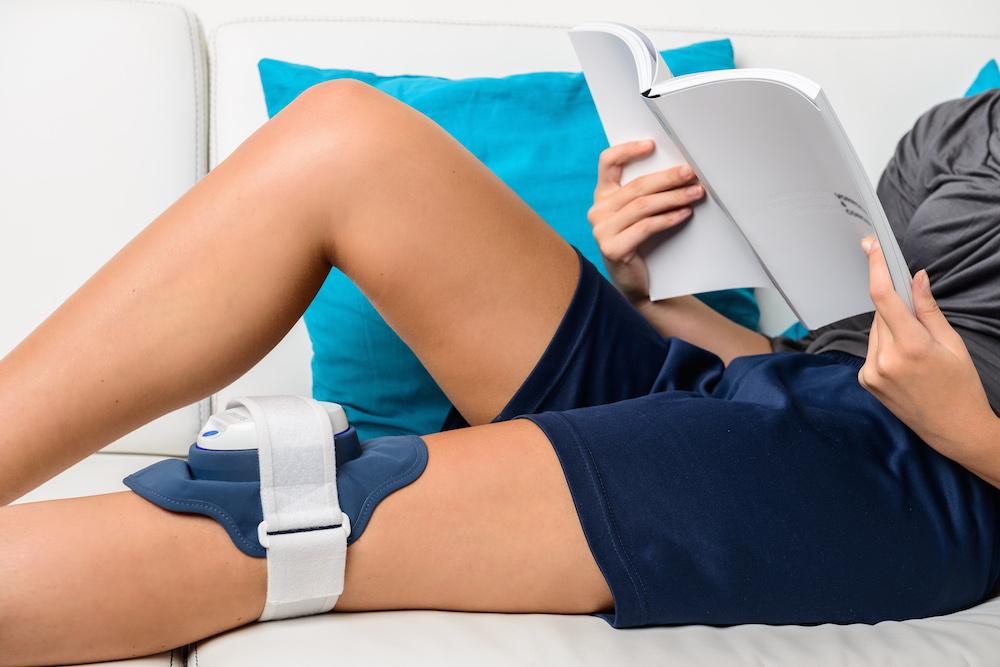
In a nutshell, psoriasis is caused by the overly-rapid division of skin cells on the epidermis. This exceedingly fast division usually leads to the formation of scaly patches and plaques, which are oftentimes itchy and painful. To treat these symptoms, most people generally rely on medicated creams and ointments, but Philips has developed a new approach.
The company’s latest device, called BlueControl uses a “wearable” array of 40 high-intensity LEDs to shine specific wavelengths of blue light onto the affected areas of a person’s body. This helps to slow down the cell division, and in a number of clinical trials was shown to reduce the symptoms of psoriasis vulgaris by an average of 50 percent.
It’s worth noting that Philips isn’t the first to explore the prospect of treating psoriasis with light therapy. Medical scientists have long understood the benefits of sunlight for those who suffer from the condition, and special lamps have even been developed to treat patients. That being said, however, BlueConnect is significant for two reasons: 1.) it’s doesn’t use harmful ultraviolet light, and 2.) it’s designed to be used at home.
Related: Light-therapy bus shelters set to cheer up Swedes in winter
The device comes in the form of small, battery-powered light pod that fits into a wearable strap. This strap is fully adjustable and can be placed virtually anywhere on the body, meaning patients can use it in the comfort of their own homes and cut down on visits to the doctor’s office.
Philips says BlueConnect will be prescribed by physicians, and available through distributors in the Netherlands, Germany, and the UK starting this month. No word on when it’ll roll out in the US, but we’ve reached out to company representatives and we’ll update this post with additional info as soon as we get it.








